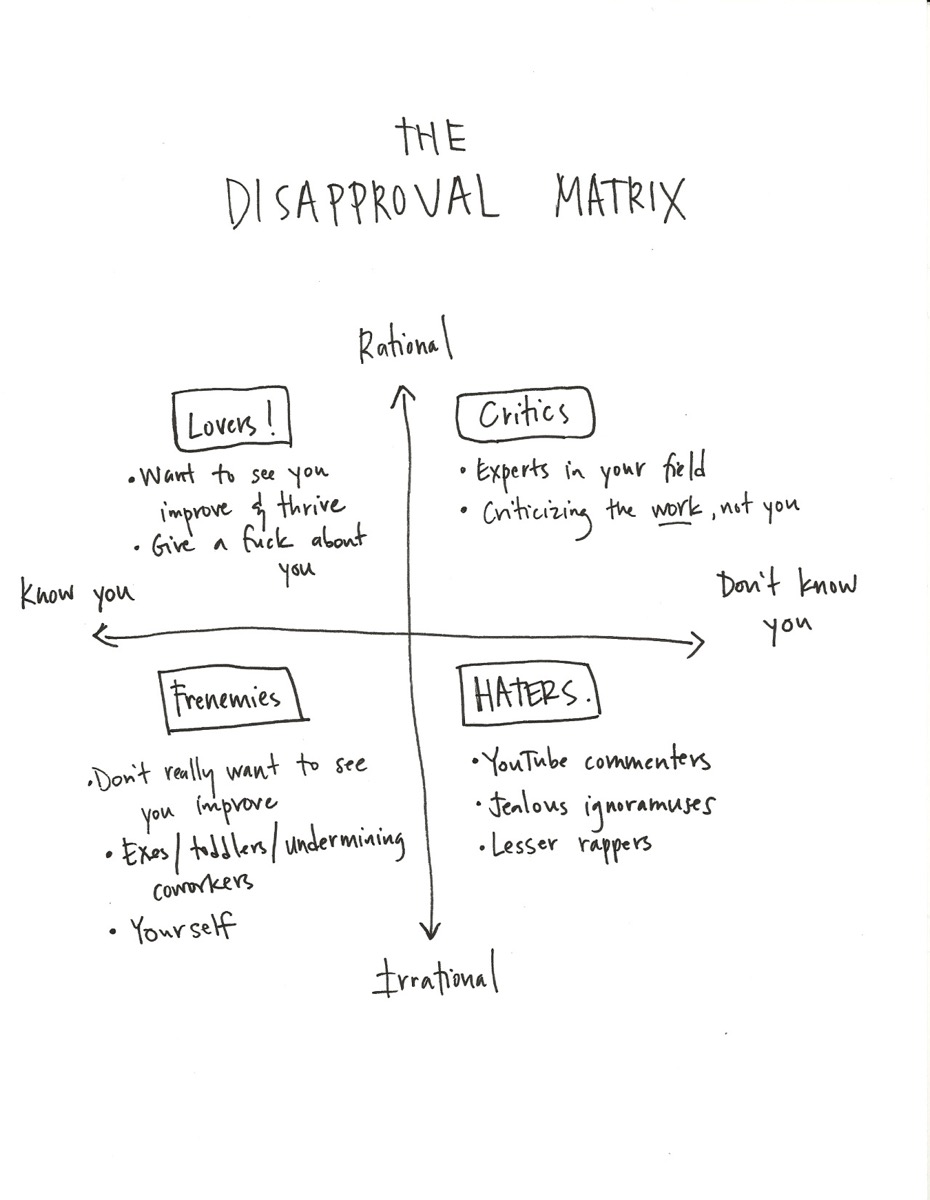I came across this video, embedded above and on YouTube here, and wanted to share it.
But first, a caveat: I belive that “follow your passion” — or worse yet, follow your bliss — is often terrible advice for life and careers.
What if following your passion provides no value to the world? Or if doesn’t make you enough money to support yourself? Or what if you’re just not very good at your passion? Or, like many people, you just don’t really have a single passion?
For an alternative take on such issues, I suggest reading a book by Cal Newport called “So Good They Can’t Ignore You: Why Skills Trump Passion in the Quest for Work You Love.”
Now that I’ve got that out of the way, on to the video.
In this ten-minute TEDxMalibu talk from 2013, movie producer Adam Leipzig says five questions can help you define your life purpose — provided, of course, that you know what you’re good at, why it’s valuable, and who you do it for.
They are:
- Who are you?
- What do you do?
- Who do you do it for?
- What do they want or need?
- How do they feel as a result?
This is a really helpful way, as Leipzig explains, to envision your professional output in terms of who your audience is (or who your clients, or users, or readers, etc. are) and how you can help them.
In a post on Leipzig’s blog, he explains how these questions came to be, and why they matter, especially to creative professionals:
For my talk, I decided to adapt a series of questions I’d developed in my business consulting practice, when I work with companies finding their way and developing new products and services. For these companies, the challenge is to get out of their self-enclosed bubble and reach out to their market. Would the same approach work for creative entrepreneurs? Because artists need such congruence between their life purpose and their work, they can become too inward-facing, more focused on their own process than on their audience, and audience that hungers for brilliance, passion and the sublime.
This is, I think, a really useful mental framework.


